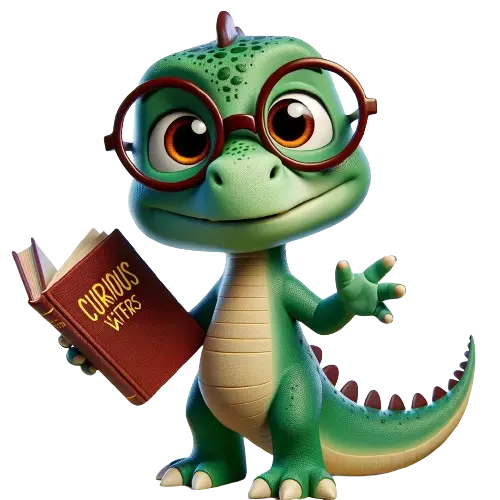Introduction
- Democracy Needs Doers: In a democracy, having good laws is important, but they mean little if no one enforces them. The executive branch is the “doing” arm of the government. If the legislature is like an architect designing a city, the executive is the construction team that builds it.
Structure of the Executive Branch
-
The Head of the Team: The President or Prime Minister acts like the CEO of a giant company called “the country.” They provide the overall vision, make big decisions, and are ultimately responsible for the success (or failure) of the government.
-
Ministers: The Specialists: Cabinet ministers lead different departments focused on specific areas. These departments are like specialized divisions within a company. You have a Minister of Defence overseeing the military, a Minister of Finance managing the economy, a Minister of Education in charge of schools, and so on.
-
Workers on the Ground: The Bureaucracy: Civil servants are the backbone of the executive branch. This vast network of people is like the workers who actually build the city: they collect taxes, run public services, implement policies – they’re the ones making day-to-day government happen.
Two Teams for a Big Country: Central vs. State Executives
-
India’s “Multi-Office” Government: India’s federal structure means power is shared between the central government and state governments. Imagine the country as a corporation with a head office and regional branches.
-
Team India: Big Picture Management: The Central Executive is like headquarters. They handle national concerns: defense, foreign policy, currency, and major infrastructure projects that affect the entire country.
-
Team State: Meeting Local Needs: Each state has its own executive, headed by a Governor and Chief Minister. Think of them as regional managers focused on the needs of their area: local hospitals, roads, police, and the application of state-specific laws.
The Importance of the Executive Branch
-
Making Laws a Reality: Laws passed by the legislature are just blueprints until the executive puts them into action. Building schools, collecting taxes, protecting the borders – this is where citizens see the direct impact of government and experience democracy in their daily lives.
-
Checks and Balances: Even CEOs have limits! Democracy has safeguards to prevent the executive branch from becoming too powerful. These include judicial review (where courts can overturn executive actions) and the power of citizens to elect new leaders.
Conclusion
- The Executive: Democracy in Action: The executive branch is where the promises of politicians become the policies that affect our lives. By understanding both the central and state executives, we can understand how the country operates, who to hold accountable for decisions, and how to be more engaged citizens.








Leave a Reply